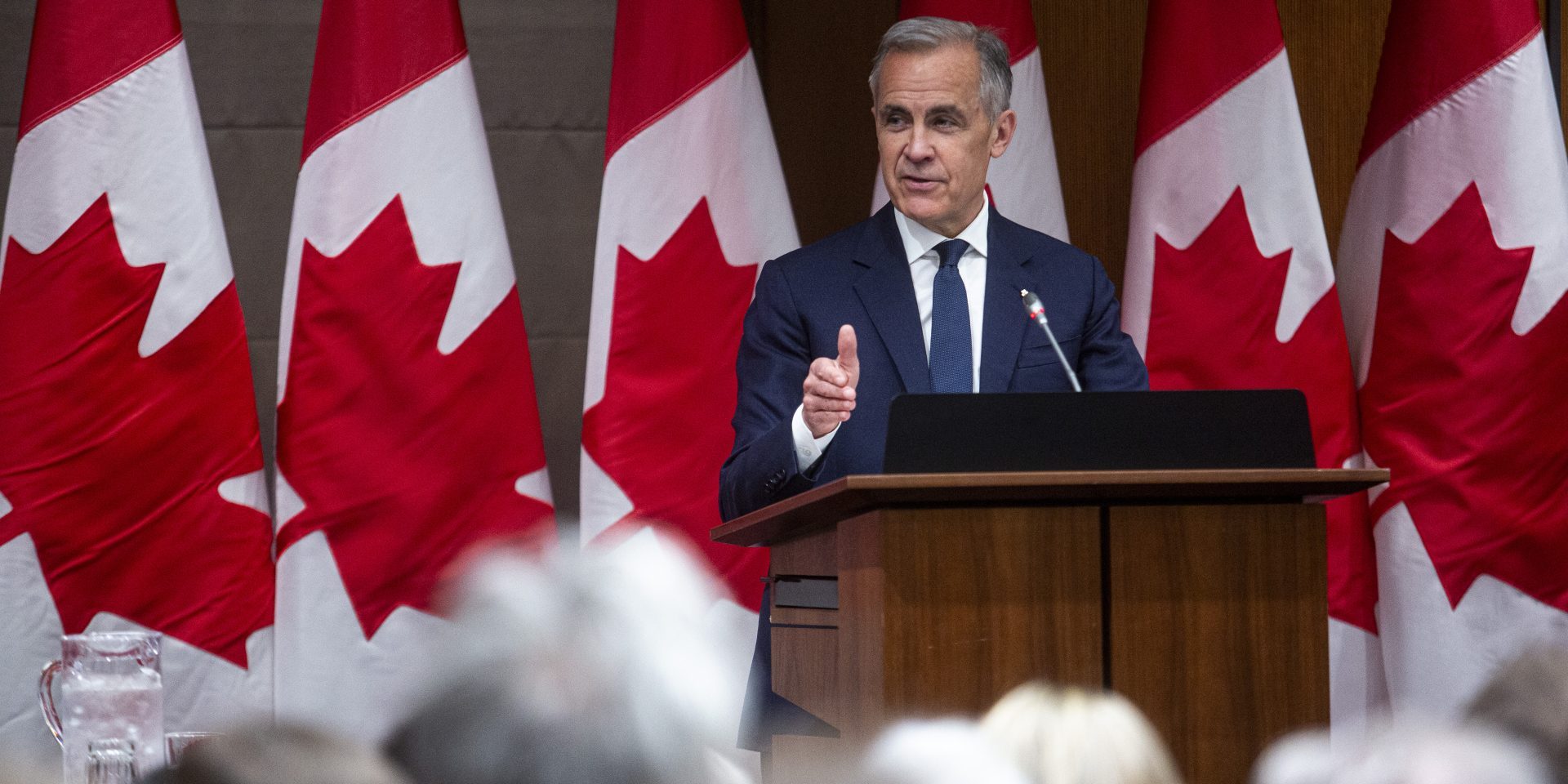Digging into the One Canadian Economy Act

‘Legislation corner’ is a regular feature in Politics This Morning, where this piece first appeared.
Last week the government tabled the One Canadian Economy Act, which aims to tick two boxes at the top of Prime Minister Mark Carney’s priority list: lowering barriers to free trade within Canada, and creating a fast-track system for approvals for big infrastructure projects.
As such, you might almost call this an omnibus bill, except Bill C-5 only runs 16 pages long. Both parts of the bill were written in essentially the same spirit: namely, that the federal government will get out of the way and let things happen.
Part one is focused on internal trade barriers, and proposes to enact the Free Trade and Labour Mobility Within Canada Act. It is quite simple in its design: the bill requires that federal bodies rubber stamp the movement of any good across provincial or territorial boundaries—or provision of any service—so long as that movement or provision meets provincial or territorial standards.
This part of the bill proposes a trade-off: on the one hand, it will be easier to do business in Canada; on the other, the feds will be bound to respect provincial and territorial standards even if they are weaker.

The bill, which was tabled on June 7 by its sponsor Intergovernmental Affairs Minister Dominic LeBlanc (Beauséjour, N.B.), would also give the federal cabinet broad discretion to fiddle with the details through regulation.
The bill proposes the same sort of change for labour mobility, dictating that federal regulatory bodies will have to rubber stamp authorizations for workers to practise their occupation, so long as they can meet the standards set by their provincial or territorial government. (For all of the above, this act does not apply to areas where the provincial or territorial governments don’t regulate.)
Now, on to the second part of the bill, which proposes to enact the Building Canada Act. This is Carney’s (Nepean, Ont.) promised legislation to fast-track infrastructure and natural resource projects through the environmental assessment process: “one project, one review,” and “nation-building projects,” and so on.
This may as well be called the “carte blanche” act. It effectively allows the federal cabinet to do whatever it likes to approve projects that it wishes to approve.
Rather than amending, repealing, or replacing the voluminous Impact Assessment Act that governs the current environmental assessment process, Carney’s bill simply goes around it.
First, the bill creates a special list on which “national interest projects” can be placed by the cabinet. Then, it defines “national interest projects” as any project that cabinet wishes to put on the list, based on “any factor that the Governor in Council [the cabinet] considers relevant…,” including (but not necessarily limited to) those broadly worded criteria Carney has described before: strengthening Canada’s economy or security, providing economic “or other” benefits to Canada, having a “high likelihood of successful execution”, advancing the interest of Indigenous Peoples, and contributing to “clean growth” and to Canada’s climate change objectives.
For those projects that make it onto the list, we get the following, clause 6 (1):
“Every determination and finding that has to be made and every opinion that has to be formed in order for an authorization to be granted in respect of a national interest project is deemed to be made or formed, as the case may be, in favour of permitting the project to be carried out in whole or in part.”
There are plenty of other clauses in the act, including those requiring the government to consult with relevant provinces, territories, and Indigenous Peoples.
Interestingly, there is also a clause that prevents the federal cabinet from adding any new projects to the list five years after the bill is passed.
A version of this piece first appeared in Politics This Morning, your go-to source for insider news, analysis, and updates on where all the key political players are that day. Get more insider coverage directly to your inbox from The Hill Times‘ editor Peter Mazereeuw and reporter Riddhi Kachhela in this subscriber-only daily newsletter. Sign up here.
The Hill Times






 LICENSING
LICENSING PODCAST
PODCAST ALERTS
ALERTS













